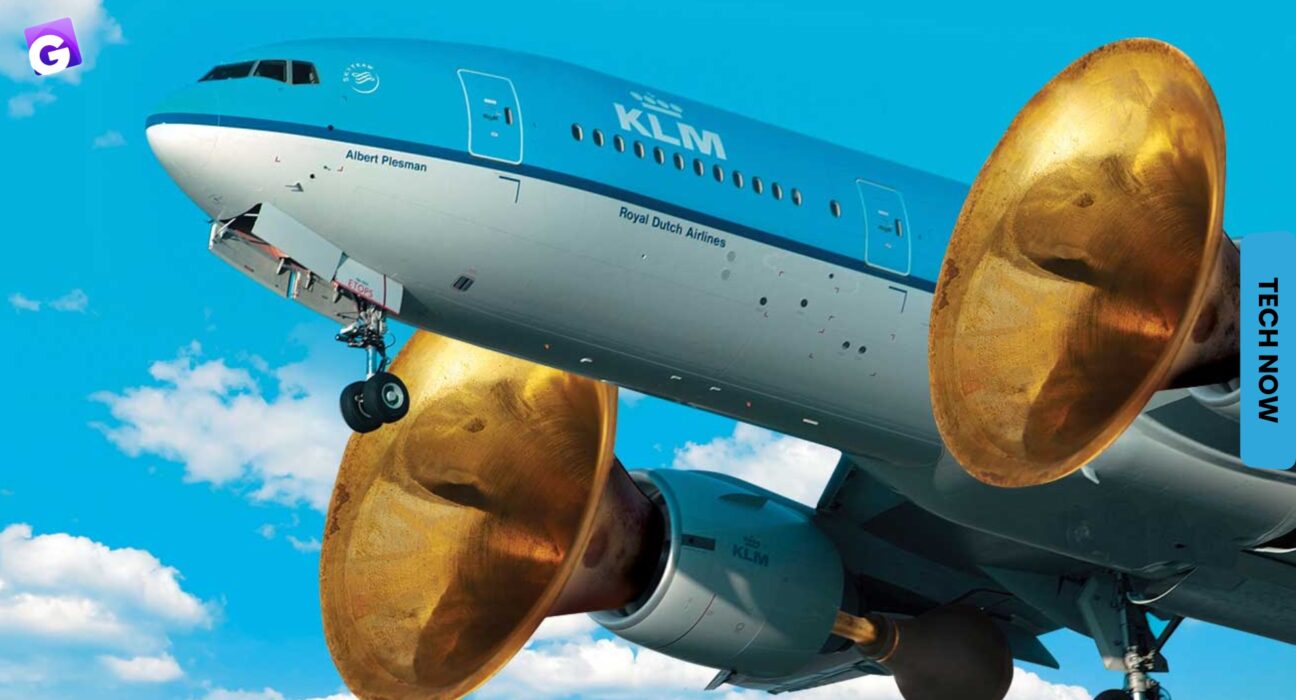While it may seem peculiar for vehicles that soar high above traffic, aircraft are equipped with horns, albeit for entirely different purposes. These aviation horns don’t come into play during flight but serve essential functions on the ground, particularly during maintenance or while parked in a hangar.
The role of horns in airplanes
The primary role of an aircraft’s horn is to capture the attention of ground engineers. This enables them to communicate with ground crew members through headsets and an intercom system while they work within the aircraft’s cockpit.

The sound emitted by an airplane’s horn distinguishes it from the familiar car horn; it’s more akin to an alarm. In fact, KLM Airlines once likened it to the sound of three steamboats passing beneath the plane when the button is pressed.
In contrast to car horns, primarily used as warnings, aircraft horns are practical tools. They can signal engineers about system malfunctions or the presence of a fire, ensuring swift response and safety.
Crucially, during flight, the aircraft horn is deactivated to prevent distractions and unnecessary noise in the cockpit, underscoring the precision and discipline that define aviation operations.
What do you think of the story? Let us know in the comments section below!












